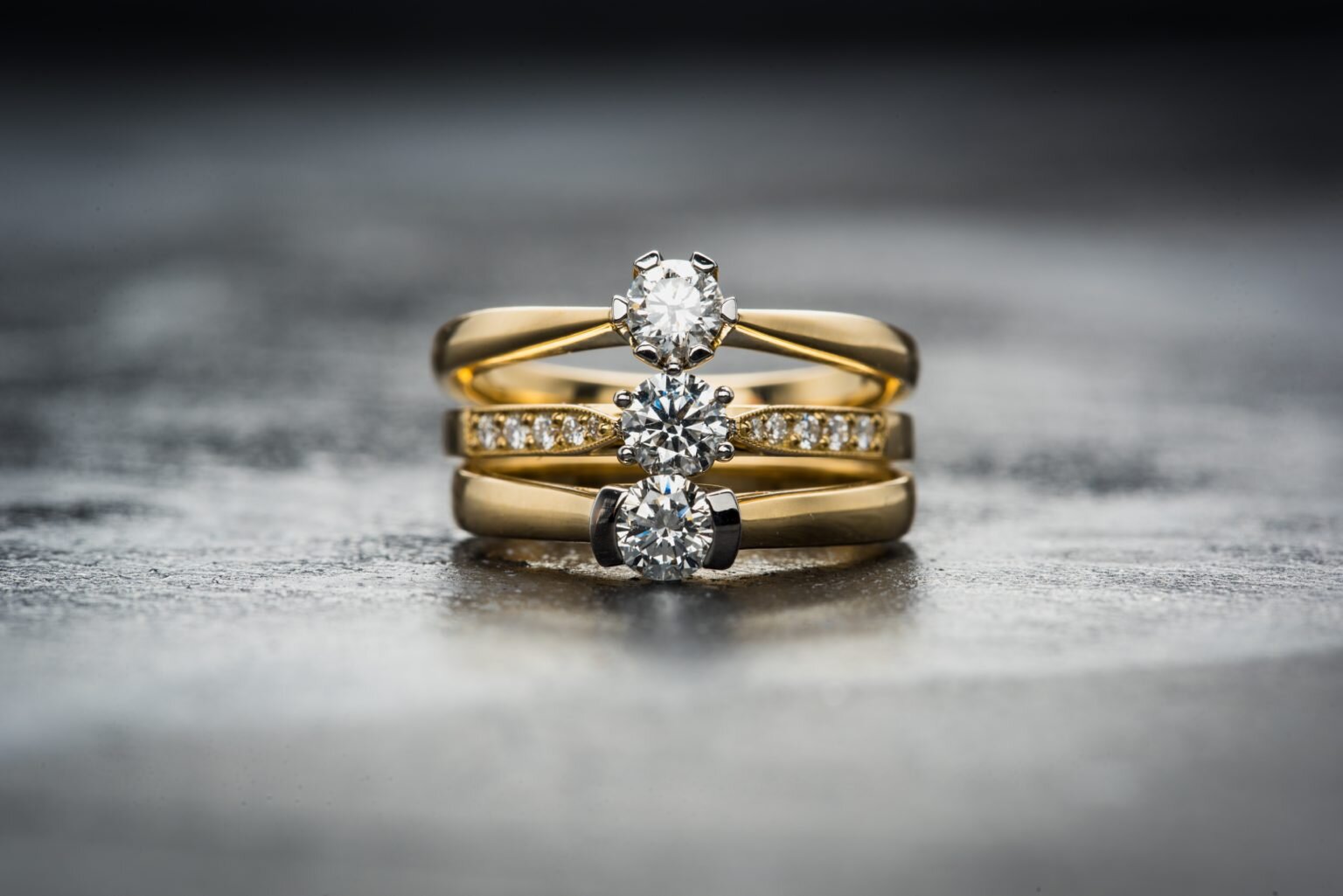
Gold has fascinated humans for centuries, but how much do you really know about this precious metal? Gold is not just a shiny object; it has a rich history, unique properties, and surprising uses. Did you know that gold is edible? Yes, you can actually eat it! Or that gold is so malleable that a single gram can be beaten into a sheet covering a square meter? Gold also plays a crucial role in electronics due to its excellent conductivity. From ancient civilizations to modern technology, gold continues to captivate our imagination. Ready to dive into some intriguing facts about this timeless element? Let's get started!
The History of Gold
Gold has fascinated humans for thousands of years. Its allure and value have made it a symbol of wealth and power.
- Gold was first discovered as shining, yellow nuggets. This happened in riverbeds around 4,000 BC.
- Ancient Egyptians considered gold to be the skin of gods, especially the sun god Ra.
- The first gold coins appeared around 700 BC in Lydia, a kingdom in what is now Turkey.
- During the California Gold Rush (1848-1855), about 300,000 people flocked to California in search of gold.
Gold in Culture and Mythology
Gold's significance extends beyond its material value. It has deep cultural and mythological roots.
- In Greek mythology, King Midas could turn anything he touched into gold, known as the "Midas touch."
- The Incas referred to gold as the "sweat of the sun," believing it was a sacred material.
- The famous El Dorado legend speaks of a city made entirely of gold, hidden somewhere in South America.
- Gold is often used in wedding rings as a symbol of eternal love and commitment.
Physical Properties of Gold
Gold's unique physical properties make it highly valuable and versatile.
- Gold is a chemical element with the symbol Au and atomic number 79.
- It is one of the least reactive chemical elements, meaning it does not tarnish or corrode easily.
- Gold is extremely malleable; one gram can be beaten into a sheet of one square meter.
- It is also ductile; a single gram can be drawn into a thread over two kilometers long.
- Gold is a good conductor of electricity, making it useful in electronics.
Gold in Modern Technology
Gold's properties make it essential in various modern technologies.
- Gold is used in connectors, switches, and relay contacts in electronic devices due to its excellent conductivity.
- NASA uses gold in space equipment to reflect infrared radiation and stabilize temperatures.
- Gold nanoparticles are used in medical diagnostics and treatments, including cancer therapy.
- It is also used in the production of high-quality glass, including astronaut visors and skyscraper windows.
Gold in Finance and Economy
Gold has always played a crucial role in finance and the global economy.
- Central banks hold gold reserves as a guarantee of the value of their currency.
- The Gold Standard, used in the 19th and early 20th centuries, pegged the value of a country's currency to a specific amount of gold.
- Gold is considered a "safe haven" investment during economic uncertainty.
- The price of gold is influenced by factors such as inflation, interest rates, and geopolitical stability.
Gold Mining and Production
The process of extracting gold from the earth is complex and labor-intensive.
- South Africa was the world's largest gold producer for many years, but now China holds that title.
- It takes about 30 tons of rock to produce a single ounce of gold.
- Modern gold mining involves the use of cyanide to extract gold from ore, a process called cyanidation.
- Recycling gold from old electronics and jewelry is becoming increasingly important for sustainable production.
Fun and Surprising Facts about Gold
Gold has some interesting and lesser-known facts that might surprise you.
- Earthquakes can create gold deposits almost instantaneously by vaporizing water in faults.
- There is enough gold in Earth's core to coat its entire surface in a layer 1.5 feet thick.
- Olympic gold medals are actually made mostly of silver; they contain only about 6 grams of gold.
- The world’s largest gold bar weighs 250 kg (551 lb) and is valued at millions of dollars.
The Golden Nuggets
Gold's allure has captivated humanity for centuries. From its role in ancient civilizations to its modern-day significance in technology and finance, gold remains a symbol of wealth and power. Its unique properties, like being highly malleable and resistant to tarnish, make it invaluable in various industries.
Gold's rarity and beauty have made it a timeless treasure, cherished across cultures and eras. Whether used in jewelry, electronics, or as a hedge against inflation, gold's versatility is unmatched. Understanding these fascinating facts about gold not only enriches our knowledge but also deepens our appreciation for this precious metal.
Next time you see a piece of gold, remember the incredible journey it has taken from deep within the earth to your hands. Gold is more than just a shiny object; it's a testament to nature's wonders and human ingenuity.
Was this page helpful?
Our commitment to delivering trustworthy and engaging content is at the heart of what we do. Each fact on our site is contributed by real users like you, bringing a wealth of diverse insights and information. To ensure the highest standards of accuracy and reliability, our dedicated editors meticulously review each submission. This process guarantees that the facts we share are not only fascinating but also credible. Trust in our commitment to quality and authenticity as you explore and learn with us.


